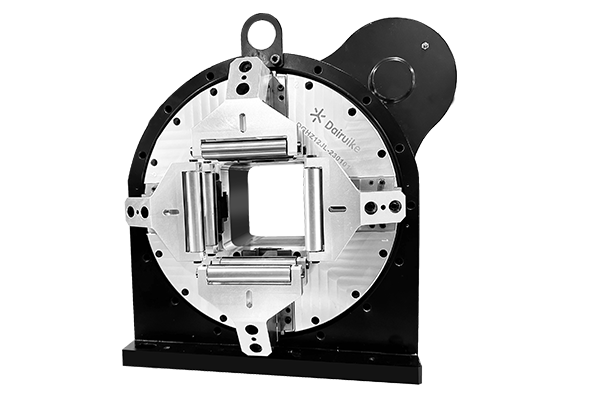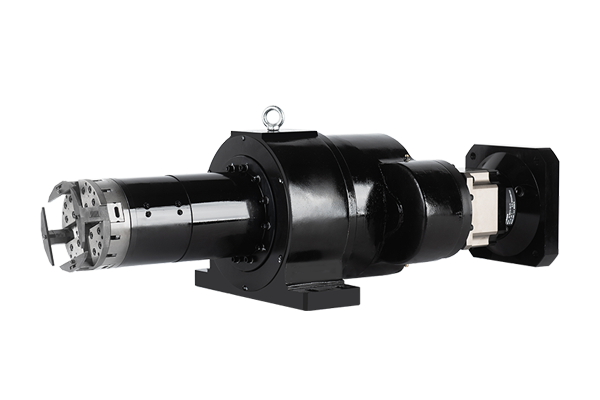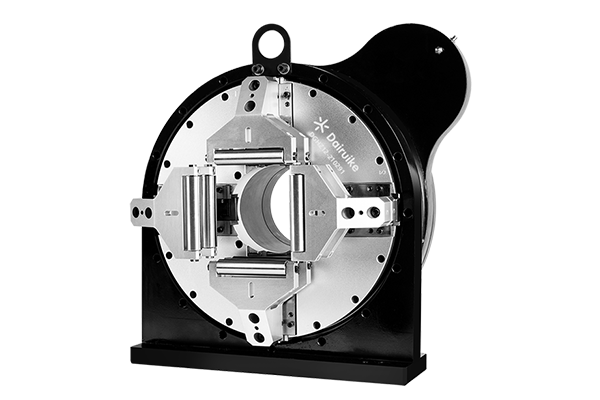When it comes to the world of precision machinery, the term ‘laser chuck‘ may not ring a bell to many. However, this little-known tool plays a crucial role in many high-tech industries, from semiconductor manufacturing to aerospace engineering.
A laser chuck, also known as a laser holder, is a device that holds, aligns, and positions a laser during cutting, engraving, or other processing operations. It is designed to provide a stable and precise grip on the laser, allowing for accurate and efficient operation. Because of its crucial role, understanding the technology behind the laser chuck is essential for anyone involved in industries where precision and accuracy are paramount.
In this article, we will delve into the intricate world of laser chucks, exploring the science behind them, their components, how they work, their importance in technology, advancements, applications, and what the future holds for this fascinating technology.
The Science Behind Laser Chucks
The science behind laser chucks is deeply rooted in physics, specifically in the areas of optics and electromagnetism. The laser chuck’s primary role is to hold and position the laser accurately for precise cutting or engraving operations. To do this, it employs a series of mechanical and optical components that work together to control the laser’s position and movement.
The precision of a laser chuck depends largely on its ability to minimize vibrations and maintain a stable grip on the laser. This is achieved through the use of high-quality materials and precise manufacturing processes. Additionally, many laser chucks incorporate advanced features such as auto-focus and auto-leveling systems, which use sensors and algorithms to automatically adjust the laser’s position for optimal performance.
Components of a Laser Chuck
A typical laser chuck comprises several key components, each playing a crucial role in its function. The main parts include the base, the chuck body, the laser holder, and the adjustment mechanism.
The base of the laser chuck is usually made of a heavy, stable material like steel or aluminum. It serves as the foundation of the chuck, providing stability and reducing vibrations. The chuck body, on the other hand, houses the adjustment mechanism and laser holder. It is typically made of a durable, non-reactive material such as stainless steel or ceramics, which can withstand the heat and radiation produced by the laser.
The laser holder is the part of the chuck that physically holds the laser. It is designed to provide a secure grip on the laser, preventing it from moving or vibrating during operation. Finally, the adjustment mechanism allows the operator to precisely control the position and orientation of the laser. This could be a mechanical system, such as a set of screws and gears, or an electronic system that uses motors and sensors.
How does a Laser Chuck work?
A laser chuck works by holding and precisely positioning a laser for cutting, engraving, or other processing operations. The operator first mounts the laser into the laser holder, then uses the adjustment mechanism to set the desired position and orientation. Once the laser is in position, the chuck’s base provides stability and vibration damping, ensuring that the laser remains steady during operation.
The adjustment mechanism plays a crucial role in the operation of a laser chuck. It comprises a series of gears, screws, motors, and sensors that work together to control the laser’s position. When the operator adjusts the mechanism, these components move in a coordinated manner, changing the laser’s position with high precision. Some advanced laser chucks even have an auto-focus and auto-leveling feature, which uses sensors and algorithms to automatically adjust the laser’s position for optimal performance.
The Importance of Laser Chucks in Technology
Laser chucks play a crucial role in many high-tech industries. In the semiconductor industry, for example, laser chucks are used to hold and position lasers for precision cutting and engraving of silicon wafers. Without the precise control provided by the laser chuck, it would be virtually impossible to manufacture the intricate circuits found in modern electronics.
In the aerospace industry, laser chucks are used in the production of complex components such as turbine blades and fuel injectors. The precision and accuracy provided by the laser chuck enable manufacturers to cut and engrave these components with a level of detail that would be unachievable using traditional machining methods.

Advancements in Laser Chuck Technology
Like many areas of technology, laser chuck technology has seen significant advancements in recent years. One of the most notable developments is the incorporation of advanced features such as auto-focus and auto-leveling systems. These systems use sensors and algorithms to automatically adjust the laser’s position for optimal performance, reducing the need for manual adjustments and increasing the overall efficiency and accuracy of the laser chuck.
Another noteworthy advancement is the development of high-precision manufacturing techniques, such as CNC machining and 3D printing. These techniques allow for the production of laser chucks with extremely tight tolerances, resulting in improved precision and performance.
Applications and Use Cases of Laser Chucks
The applications and use cases of laser chucks are vast and varied. In the semiconductor industry, they are used in the production of silicon wafers, where they hold and position lasers for precision cutting and engraving operations. In the aerospace industry, they are used in the manufacture of complex components like turbine blades and fuel injectors.
In the medical industry, laser chucks are used in a variety of applications, from the production of medical devices to laser surgery. For example, in laser eye surgery, a laser chuck is used to hold and position the laser that reshapes the patient’s cornea.
The Future of Laser Chucks: What to Expect
Looking ahead, the future of laser chucks appears bright. As technology continues to advance, we can expect to see even more improvements in laser chuck technology. For instance, the integration of artificial intelligence and machine learning could lead to the development of ‘smart’ laser chucks that can adjust themselves automatically based on real-time feedback.
Furthermore, advancements in materials science could lead to the development of laser chucks made from new, high-performance materials. These materials could offer improved durability, heat resistance, and vibration damping, further enhancing the performance of the laser chuck.
Purchasing a Laser Chuck: Things to Consider
If you are considering purchasing a laser chuck, there are several things you should keep in mind. First and foremost, you need to consider the specifications of your laser. Different lasers have different requirements in terms of size, power, and operating conditions, so you need to make sure that the laser chuck you choose is compatible with your laser.
Second, consider the quality and reputation of the manufacturer. Like any other product, the quality of a laser chuck can vary widely from one manufacturer to another. Therefore, it’s a good idea to research and choose a manufacturer with a proven track record of producing high-quality laser chucks.
Lastly, consider the features and capabilities of the laser chuck. Look for a chuck with advanced features such as auto-focus and auto-leveling systems, which can improve the efficiency and accuracy of your operations.
Conclusion
In conclusion, the laser chuck is a vital tool in many high-tech industries, enabling precise control of lasers for cutting, engraving, and other processing operations. Understanding the technology behind the laser chuck is essential for anyone involved in these industries. Whether you’re a manufacturer, an engineer, or a hobbyist, we hope this guide has offered you valuable insights into the fascinating world of laser chucks.





